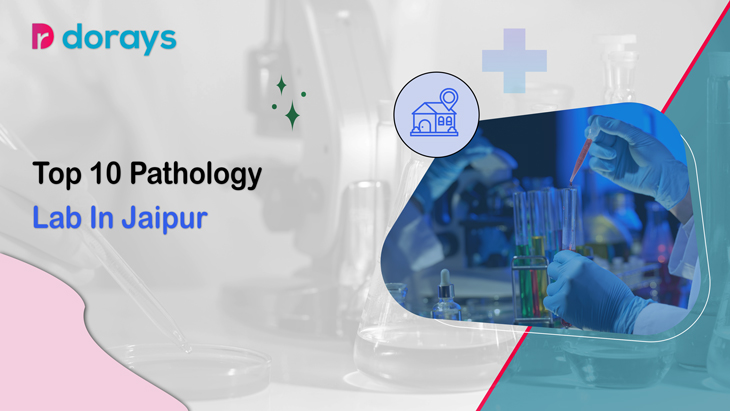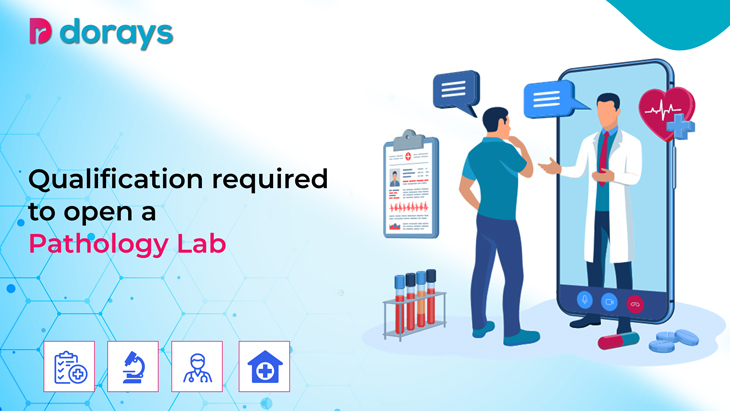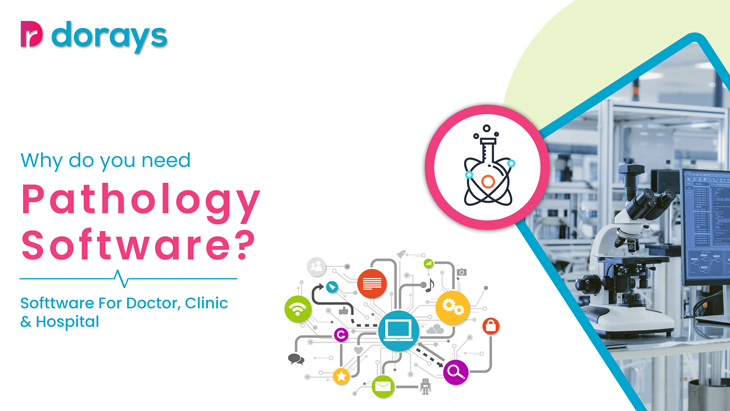Pathology Lab Equipment List: The equipment depends on the size and type of lab. Labs are divided into three types based on the number of people a lab can handle daily, and these are – small, medium and large pathology labs.
Pathology labs require a high amount of investment for the equipment for accuracy and fast results. But some of the standard pathology lab equipment list for pathology labs are as follows:
- Haematology Analyser – This analyser is used to determine the blood cell count, which can be RBC count, WBC count or platelet count. This analyser is crucial because it is used when doctors recommend a full body check, and a blood count is required. There can be different types of it, and its uses are other because they can determine the percentage, width and volume of the particular cell required.
- Urine Analyser – This analyser is essential because it has a broad spectrum of uses. This analyser is used for the detection of Urinary tract infection, pregnancy, drug testing etc. They detect the level of protein, glucose and pH of the urine. They provide fast and accurate results other than a physical urine test which requires one to see the colour change and its smell.
- Coagulometer – Used to detect homeostasis ( a process in the body that stops blood from flowing out of the blood vessels). Homeostasis requires coagulation factors to stop bleeding, such as thrombocytes. This device can detect the level of thrombocytes and their ability to clot. They are mostly used to detect it in patients who are given anticoagulants.
- HBA1c Machine – A1c or glycated haemoglobin is haemoglobin attached to a sugar compound. The level of A1c gives the results of blood glucose level because of glycation. The A1c test usually requires the three months average of blood glucose to provide results. Because Hb has a lifespan of 120 days, and to be more precise and safe, the A1c uses three months on average. This machine is used to detect diabetes, cardiovascular disease and retinopathy.
- ELISA Plate washer and reader – ELISA (enzyme-linked immunosorbent assay) is used to detect a person’s presence of ligand or antibody. This tool is used in biotechnology and quality control. This method of plate reader associated with ELISA is mainly used to detect antimicrobial activity.
- Centrifuge – Most commonly used in labs, this machine applies rotational force to separate the different media, for example- solid and liquid. They primarily separate RBC, WBC, and platelets from the blood. Also, cells are centrifuged to study under the microscope.
- Tissue diagnostics – Histopathology- refers to the study of the tissue that might be related to some specific disease—primarily used in pathology labs to do biopsy, autopsy, or surgery.
- Automated analyser – It detects the chemical compounds in the body fluids. Mainly used in a clinical lab, they are of different types, such as Photometry which detects the change in colour due to the light absorbance of the substance and Electrode methods which sees the number of ions in the blood. Mainly potassium, sodium and calcium.
- Autoclave – This is most commonly used in pathology labs, microbiology labs and several clinical and research labs to sterilise the glassware, plastic tubes, and pipettes. They help to avoid any contamination while working.
- ESR Analyser – Erythrocytes sedimentation rate is a more complex analyser. In this, an Anticoagulant factor or a type of inflammation is detected by pro sediment fibres. The blood is put in a tube, and it is sedimented over an hour. ESR is used to detect pregnancy, rheumatoid arthritis and anaemia. HSR increases with immunoglobulin (antibodies ) and can notice the slightest increase.
All these equipment are prevalent and require some assistance or are Fully automated. Some other small types of equipment are an incubator, microtome, paraffin wax box, tissue processor, water bath (maintains a constant temperature), hot air oven (most commonly and readily available), dry oven, BOD incubator (bio oxygen demand used for continuous temperature requirement), humidity cabinet, laminar airflow (provides aseptic conditions for performing specific tests), freezer, lab balance, shaker etc.
This equipment is standard and is used in small labs as well as large labs. They can be operated easily except for the ones which require more assistance.







Leave a Comment